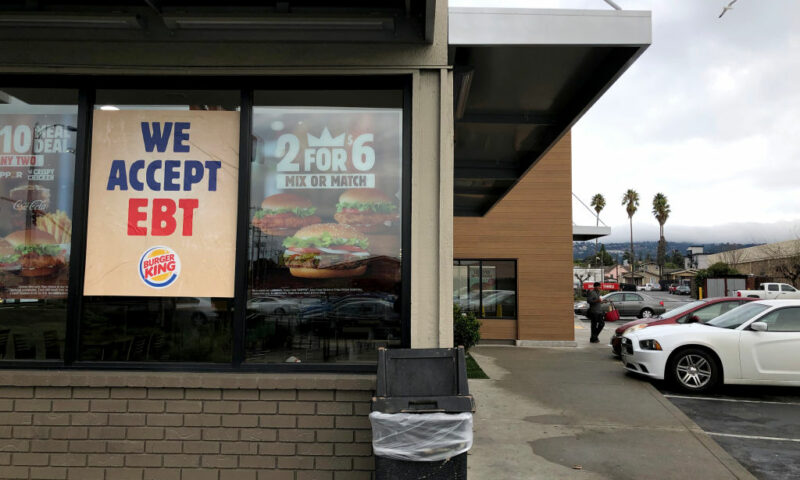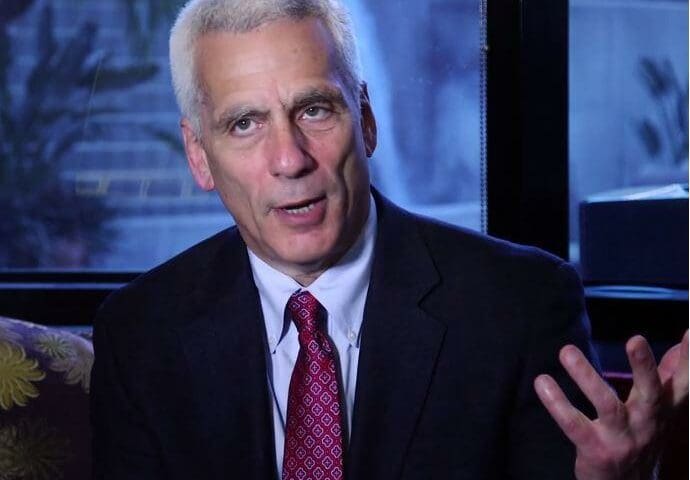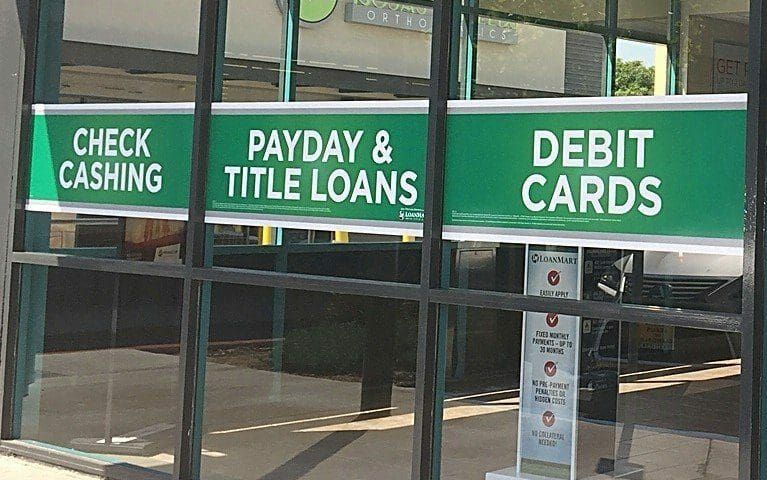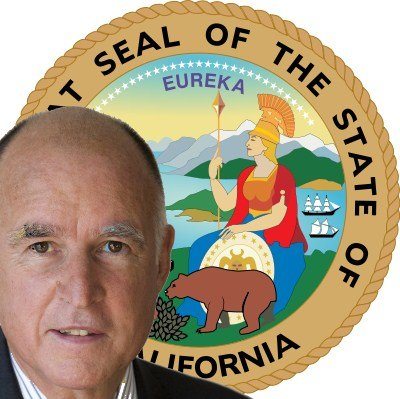

Researchers say new data shows need to pull back tax breaks for the wealthy to spend on aid.


With the end of direct cash payments, poverty levels are moving up.


Gov. Newsom’s revised budget puts programs aimed at addressing disparities in access to vital services on the chopping block.


Advice for California’s new governor collected from interviews with three authorities on poverty and income inequality, and from stories in our Waiting for Gavin series.


In some ways, says economist Jared Bernstein, the incompetence of the Trump administration and dysfunctionality of the Republican Congress have been an asset for the economy.


There’s good news for low-income Californians tucked within the massive state budget Governor Jerry Brown is set to sign this week, including a measure that advocates estimate could benefit more than one million financially struggling families.


Everyone struggles with what appear to be questionable overdraft fees, along with hidden credit card and cellphone fees. But low-income communities are particularly targeted for predatory practices.


Filing taxes used to be a routine process for Tanya James -– until the Great Recession upended her financial life.


In his budget proposal unveiled Thursday, Governor Jerry Brown proposed a state version of a program that has proven extremely helpful at lifting families out of poverty. Unfortunately, the threshold in Brown’s proposal would be absurdly low – leaving the few it would reach still languishing well below the poverty line.
The Federal Earned Income Tax Credit (EITC) is a highly effective anti-poverty program. The Brookings Institute estimates that the EITC kept 6.2 million Americans out of poverty annually between 2011-13, including 747,000 Californians.
It works by providing low-income residents with a tax credit, either lowering taxes or providing a refund for those whose incomes are so low that they owe little or no income tax. The credit varies by income and number of children in a family, and is designed to provide a boost to the poorest, while still providing an incentive to work.